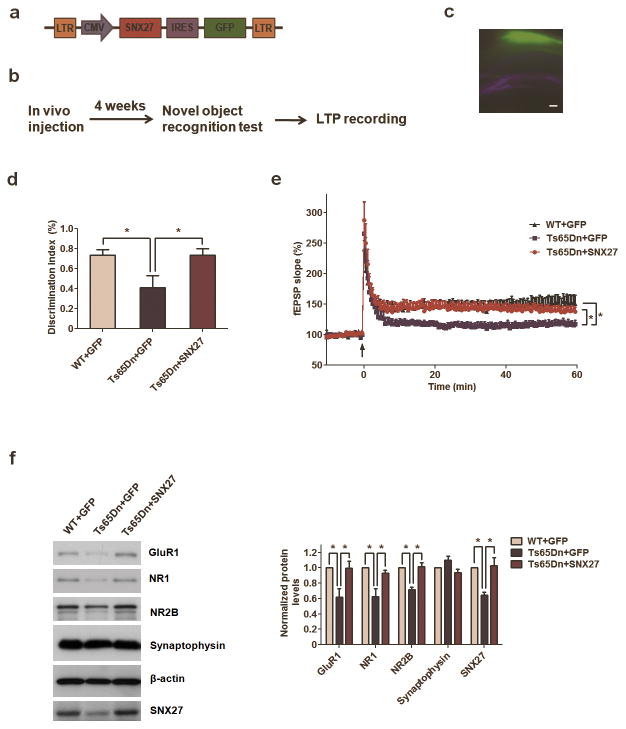Figure 6. SNX27 rescues cognitive and synaptic deficits in Ts65Dn mice.
(a) Schematic illustration of Adeno-associated virus (AAV) construct of human SNX27 with IRES-GFP.
(b) Workflow of stereotactic AAV injection rescue experiments.
(c) AAV-SNX27 GFP fluorescence in hippocampus showing infected region of mouse brain. Bar=200μm.
(d) Hippocampal injection of AAV-SNX27 rescued cognitive deficits of 7~8 months old Ts65Dn mice in novel object recognition test. Data represent mean ± s.e.m., WT+GFP (n = 8), Ts65Dn+GFP (n = 5), Ts65Dn+SNX27 (n = 7). P values were calculated using one-way ANOVA, *P <0.05.
(e) Hippocampal injection of AAV-SNX27 rescued CA1 LTP deficits of 7~8 months old Ts65Dn mice. Data represent mean ± s.e.m., WT+GFP (n = 7 slices), Ts65Dn+GFP (n = 9 slices), Ts65Dn+SNX27 (n = 10 slices). P values were calculated using repeated-measures ANOVA on the last 10 min of data, *P <0.05.
(f) Western blot analysis of GluR1, NR1, NR2B and other synaptic proteins after intrahippocampal AAV-SNX27 or AAV-GFP injection into Ts65Dn mice. Data represent mean ± s.e.m., n = 3. P values were calculated using one-way ANOVA, *P < 0.05.

